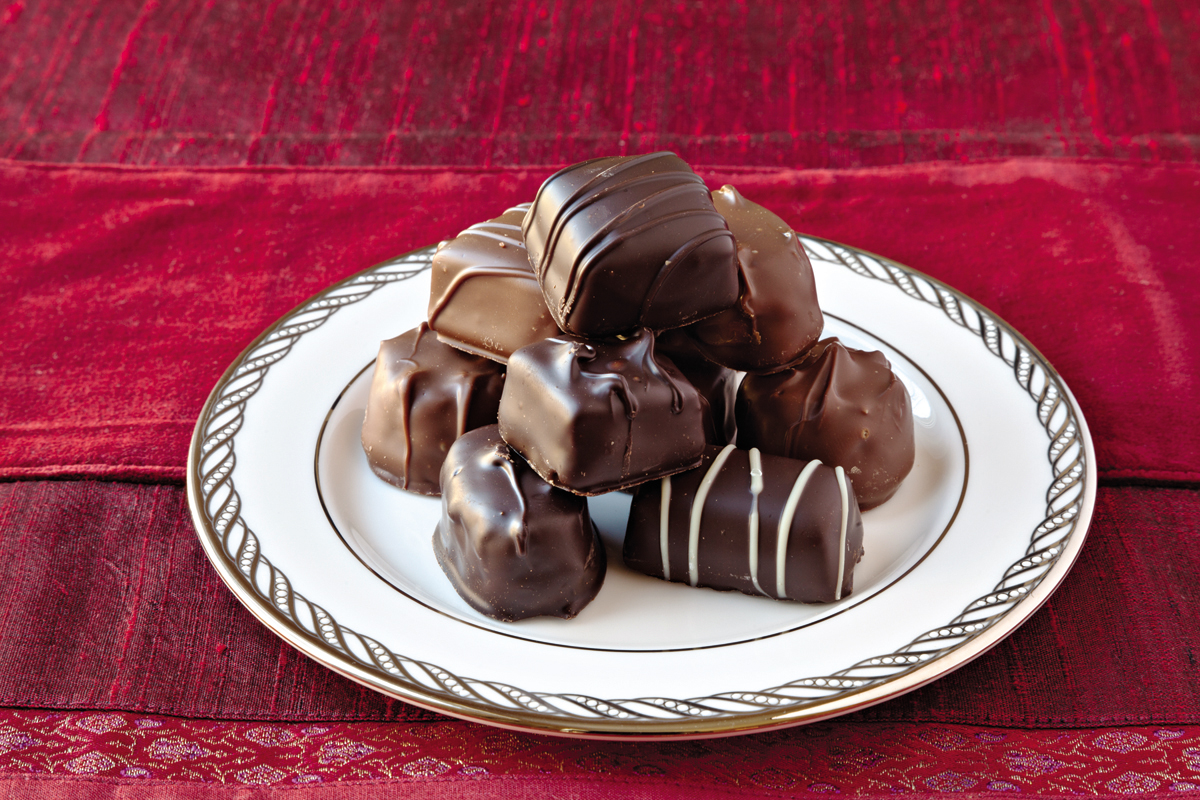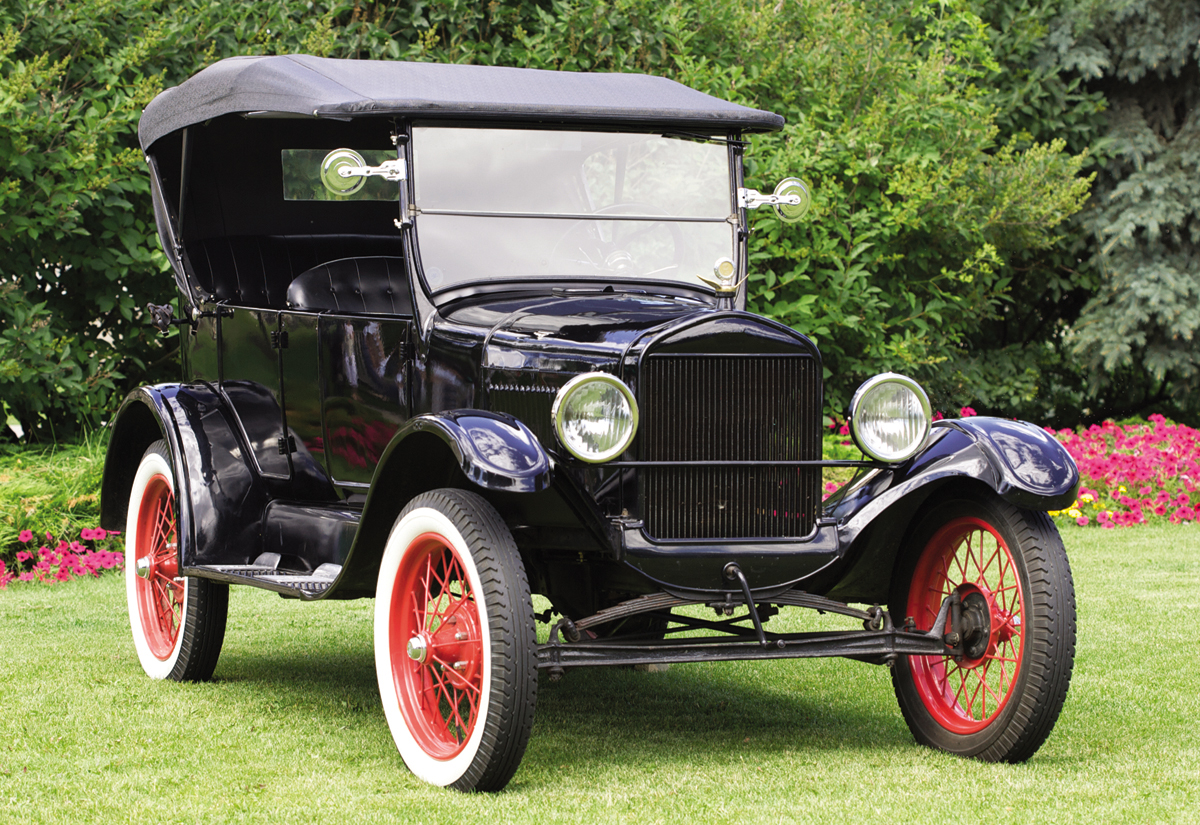How Firms Differentiate Their Products
How do firms in the same industry—
The key to product differentiation is that consumers have different preferences and are willing to pay somewhat more to satisfy those preferences. Each producer can carve out a market niche by producing something that caters to the particular preferences of some group of consumers better than the products of other firms. There are three important forms of product differentiation: differentiation by style or type, differentiation by location, and differentiation by quality.
Differentiation by Style or Type
677
The sellers in Leo’s food court offer different types of fast food: hamburgers, pizza, Chinese food, Mexican food, and so on. Each consumer arrives at the food court with some preference for one or another of these offerings. This preference may depend on the consumer’s mood, her diet, or what she has already eaten that day. These preferences will not make consumers indifferent to price: if Wonderful Wok were to charge $15 for an egg roll, everybody would go to Bodacious Burgers or Pizza Paradise instead. But some people will choose a more expensive meal if that type of food is closer to their preference. So the products of the different vendors are substitutes, but they aren’t perfect substitutes—
Vendors in a food court aren’t the only sellers who differentiate their offerings by type. Clothing stores concentrate on women’s or men’s clothes, on business attire or sportswear, on trendy or classic styles, and so on. Auto manufacturers offer sedans, minivans, sport-
Books offer yet another example of differentiation by type and style. Mysteries are differentiated from romances; among mysteries, we can differentiate among hard-
In fact, product differentiation is characteristic of most consumer goods. As long as people differ in their tastes, producers find it possible and profitable to offer variety.
Differentiation by Location
Gas stations along a road offer differentiated products. True, the gas may be exactly the same. But the location of the stations is different, and location matters to consumers: it’s more convenient to stop for gas near your home, near your workplace, or near wherever you are when the gas gauge gets low.
In fact, many monopolistically competitive industries supply goods differentiated by location. This is especially true in service industries, from dry cleaners to hairdressers, where customers often choose the seller who is closest rather than cheapest.
Differentiation by Quality
Do you have a craving for chocolate? How much are you willing to spend on it? You see, there’s chocolate and then there’s chocolate: although ordinary chocolate may not be very expensive, gourmet chocolate can cost several dollars per bite.
With chocolate, as with many goods, there is a range of possible qualities. You can get a usable bicycle for less than $100; you can get a much fancier bicycle for 10 times as much. It all depends on how much the additional quality matters to you and how much you will miss the other things you could have purchased with that money.
Because consumers vary in what they are willing to pay for higher quality, producers can differentiate their products by quality—

Product differentiation, then, can take several forms. Whatever form it takes, however, there are two important features of industries with differentiated products: competition among sellers and value in diversity.
Competition among sellers means that even though sellers of differentiated products are not offering identical goods, they are to some extent competing for a limited market. If more businesses enter the market, each will find that it sells a lower quantity at any given price. For example, if a new gas station opens along a road, each of the existing gas stations will sell a bit less.
678
Any Color, So Long As It’s Black
The early history of the auto industry offers a classic illustration of the power of product differentiation.
The modern automobile industry was created by Henry Ford, who first introduced assembly-
Ford’s strategy was to offer just one style of car, which maximized his economies of scale in production but made no concessions to differences in consumers’ tastes. He supposedly declared that customers could get the Model T in “any color, so long as it’s black.”
This strategy was challenged by Alfred P. Sloan, who had merged a number of smaller automobile companies into General Motors. Sloan’s strategy was to offer a range of car types, differentiated by quality and price. Chevrolets were basic cars that directly challenged the Model T, Buicks were bigger and more expensive, and so on up to Cadillacs. And you could get each model in several different colors.
By the 1930s the verdict was clear: customers preferred a range of styles, and General Motors, not Ford, became the dominant auto manufacturer for the rest of the twentieth century.

Value in diversity refers to the gain to consumers from the proliferation of differentiated products. A food court with eight vendors makes consumers happier than one with only six vendors, even if the prices are the same, because some customers will get a meal that is closer to what they had in mind. A road on which there is a gas station every two miles is more convenient for motorists than a road where gas stations are five miles apart. When a product is available in many different qualities, fewer people are forced to pay for more quality than they need or to settle for lower quality than they want. In other words, there are benefits to consumers from a greater diversity of available products.
As we’ll see next, competition among the sellers of differentiated products is the key to understanding how monopolistic competition works.